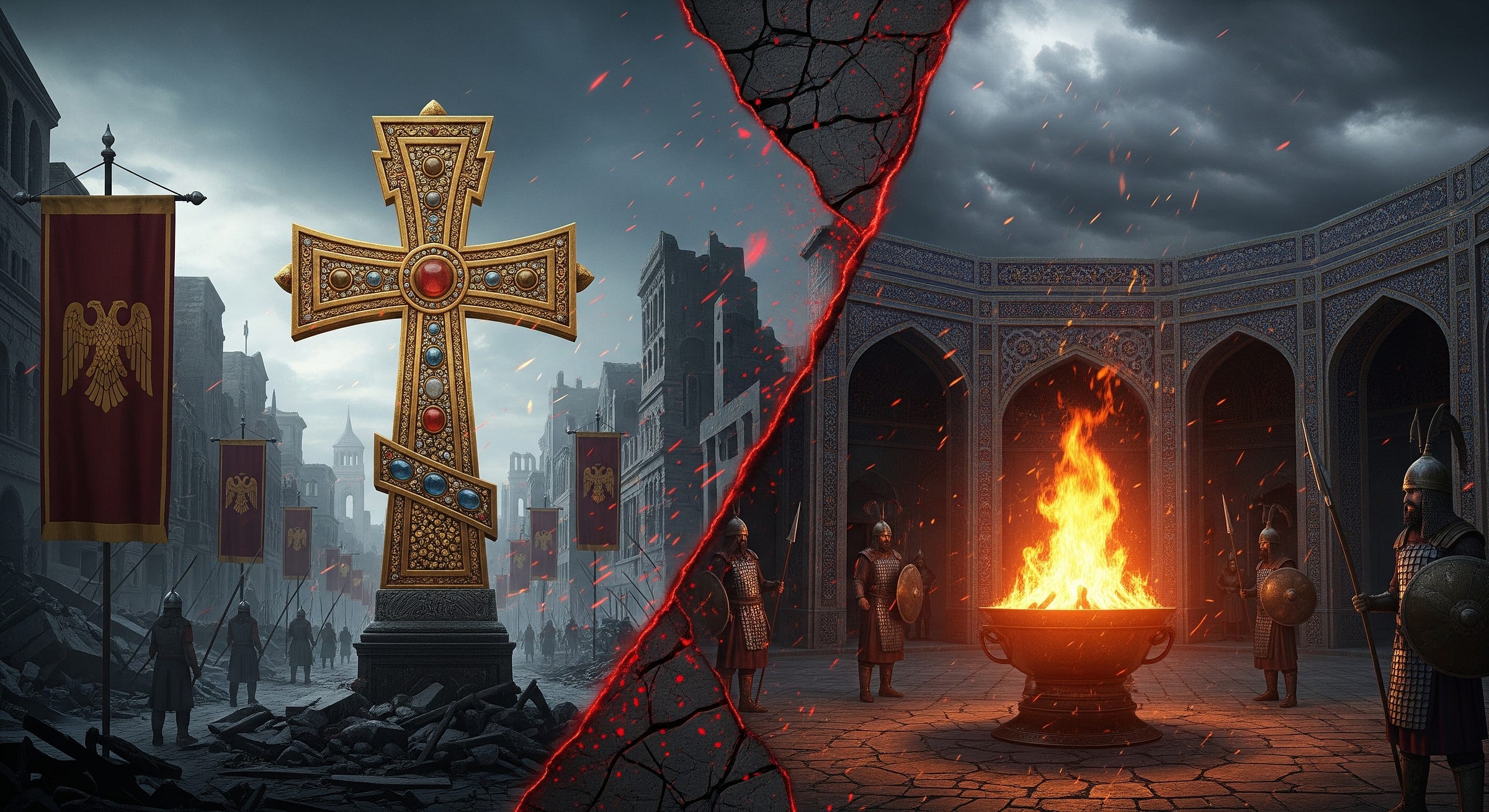How Christians Crushed Zoroastrianism in the 6th Century
When Christianity and Zoroastrianism clashed in the 6th century, faith became a weapon of empire and left scars that still shape the world.

Many Christians think they came up with the big ideas: heaven and hell, angels and demons, resurrection of the dead, and Judgment Day fireworks with trumpets and fire raining from the sky.…
Keep reading with a 7-day free trial
Subscribe to The Unholy Truth to keep reading this post and get 7 days of free access to the full post archives.

